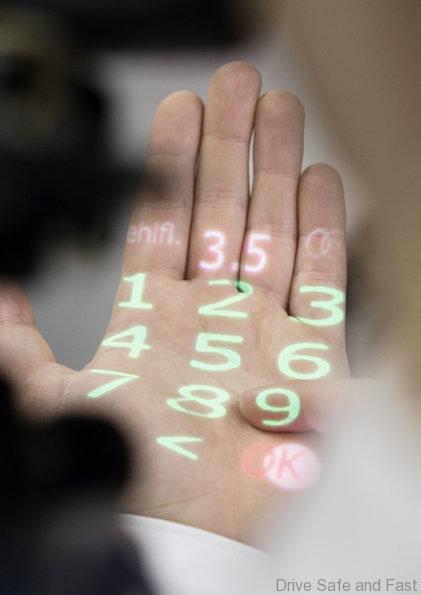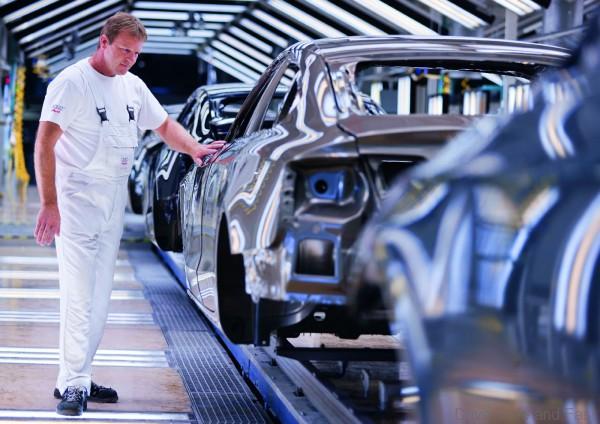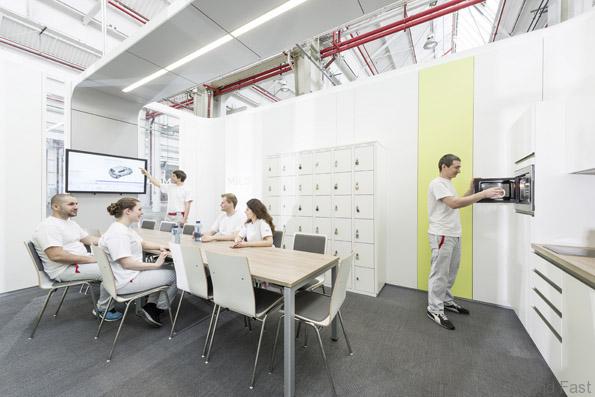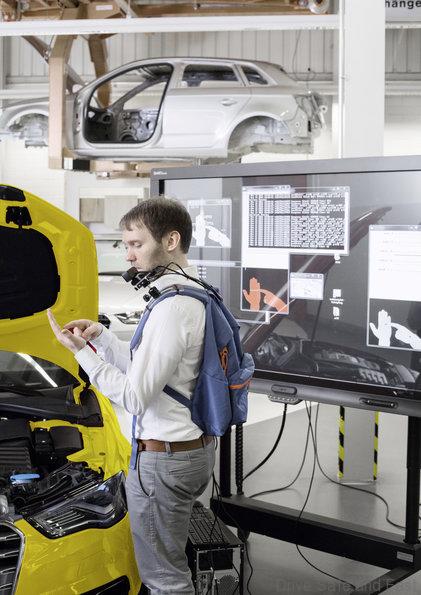When we describe new technology in the context of automotive production, it usually has something to do with a newer, smarter robot, or complex welding techniques, or higher precision when it comes to component manufacturing. It’s always the tools and the machinery that our minds jump to, but rarely do we consider the backbone of the factory: the workers themselves.
It’s a concept that is very similar to Toyota’s Kaizen principles in the context of a factory, although mixed and melded with Audi’s push for augmented and virtual reality systems from factory floor to showroom floor. Toyota had the belief that they could best optimize a factory by addressing even the simplest of tasks and making them easier for a line worker.
Suggestions were submitted by workers and rewards were provided for the suggestions that made it to the factory floor, provided they were feasible and had true value in improving productivity. It was so starkly different to the American and European culture at the time, but I digress. Audi is looking at improving their productivity, and they’ve got a few ways to do it.
At the Audi Production Labs, there are four fields of research. The first three attack quality control, automation friendliness, and data processing respectively. The fourth and final field is one that addresses the human-machine interactions, and Audi is looking into various devices to bring this to the production floor. The conventional tablet is considered for use, along with data glasses, but the prime candidate at this moment in time lies in hand-projection as a subset of augmented reality.
Their simple mockup is a bulky prototype that’s made up of a backpack-based laptop, a projector, and an IR sensor. It’s nothing we haven’t really seen before in terms of gesture control, but perhaps if Audi teams up with Google’s Project Soli, they may be able to develop a production aid system that is truly effective when paired with data glasses or something similar.








